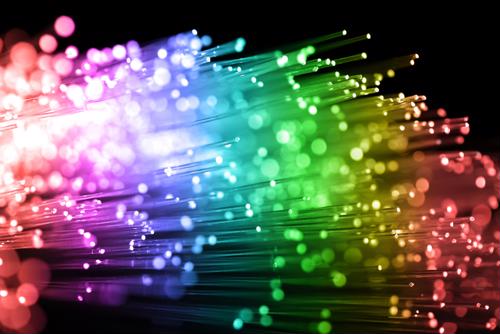
Copper vs fiber is still anyone's game
By Donna DonnowitzOctober 27, 2015
Fiber has already established a niche in the industry as the go-to trunking method for local area networks spread across large university and business campuses. However, the cutting-edge cabling method has yet to overcome its predecessor, twisted copper, in some of the ways that matter most to IT experts and data center decision makers. According to Enterprise Network Planet, fiber lines still have some catching up to do in terms of efficiency, cost, accessibility and reliability. Until these gaps are filled in, fiber continues to operate as a rival to copper wire rather than a replacement.
The availability of both media, as well as their unique advantages, is a boon for IT experts capable of deploying both in the data center successfully. Additionally, taking this approach prepares data centers for a fiber-centric future that is likely just around the corner. In the meantime, costs and downtime can be minimized by identifying ways to supplement copper with fiber and visa versa. A bit more research into their respective strengths and weaknesses will reveal insights into how IT experts are to proceed.

Proponents of copper and fiber alike offer unique insights to consider.
Fiber goes the distance, but copper can deliver within the facility
With recent advances in copper technology, the speed difference between the two media is considerably smaller than one might expect. According to Network Computing, multiple vendors have already shown off copper cables delivering speeds of up to 100 Gbps. This performance is limited to distances within four to eight meters, but that distance is typically more than sufficient to serve the purposes of a single floor data center.
Things get trickier when a facility's data center infrastructure is spread out among multiple locations. Fiber cable is the right choice in these instances, and IT experts can make the most of their investment by using fiber to bridge multiple copper-routed infrastructures, provided they have the media converter tech necessary to do so.
Cost factors encourage IT experts to find a sweet spot in between
As long as copper cables continue to speed up to meet the performance needs of the industry, it's unlikely that the demand for cheaper alternatives to fiber will taper off. Additionally, the cost-effectiveness of copper is not limited to the cost of the cable itself. Copper wires are also more cost-effective in operation because they do not draw power like fiber cables. Another advantage that copper wires have is in terms of reliability. In fact, passive copper is at times significantly less vulnerable to uptime issues as fiber, and this track record makes copper a must for industries that prioritize availability above all else.
Despite what copper has to bring to the table, some industry leaders are committed to the possibilities of fiber. As a result, ongoing fiber adoptions seem inevitable until the technology is elevated to the status quo. That's why gaining experience with both media is so valuable.
"Experts argue for the the value of mixing copper and fiber solutions."
Staying future-proof means keeping connections flexible
Some experts argue for the the value of mixing copper and fiber solutions as an industry best practice. According to Data Center Knowledge, proponents of this approach argue that a versatile cable management solution is critical to ensuring the data center remains both manageable and scalable when performance demands skyrocket. The resource recommended that data centers update their facilities to support copper and fiber media, even if both cabling types have yet to be deployed.
IT management is unpredictable, and the demands of tomorrow may require facilities to investigate solutions they may have scoffed at a year ago. That's why incorporating media converters into the network infrastructure is always a prudent choice for improving efficiency via cabling.
Perle has an extensive range of Managed and Unmanaged Fiber Media Converters to extended copper-based Ethernet equipment over a fiber optic link, multimode to multimode and multimode to single mode fiber up to 160km.



